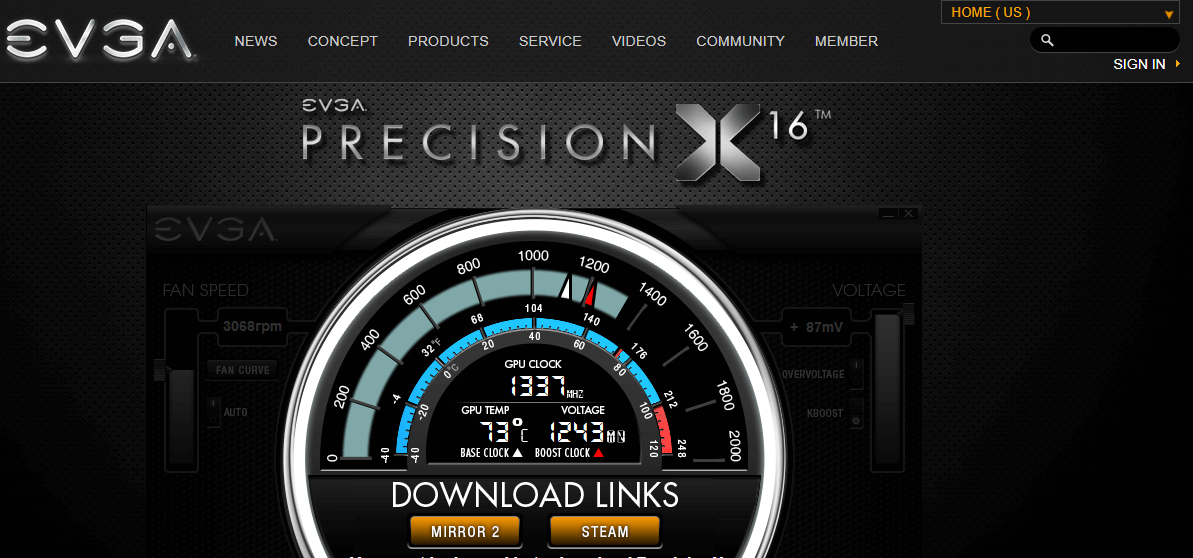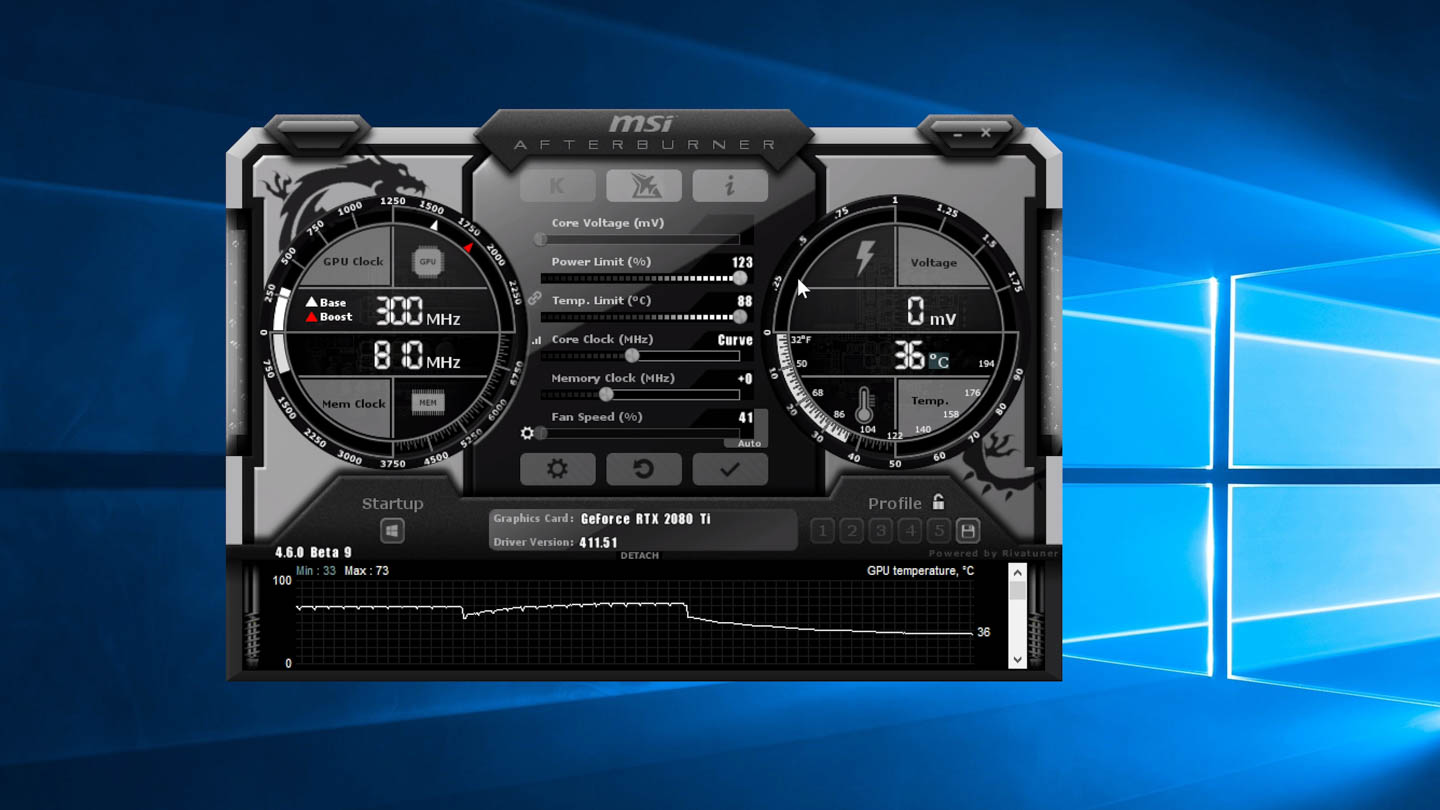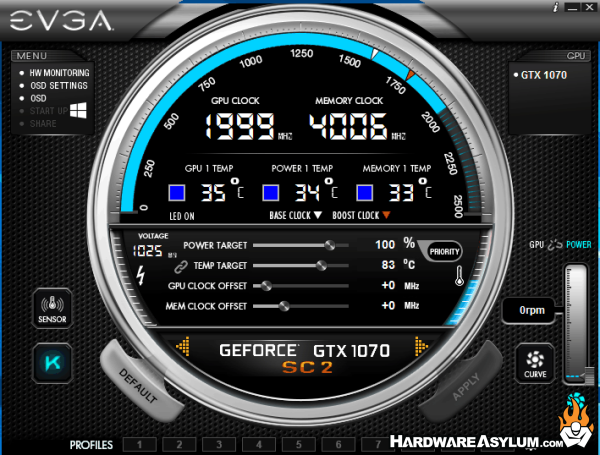
- Evga precision x overclocking guide full#
- Evga precision x overclocking guide software#
- Evga precision x overclocking guide series#
Tweaking the FSB of a device holds different pros and cons. To download, follow this link: SAPPHIRE TriXX Utility. We found the most exciting feature here, screen recording, which is available only in MSI Afterburner and this one. Moreover, it also provides real-time monitoring. And also, it hosts several controls over the CPU and GPU.
Evga precision x overclocking guide series#
But don’t worry, it supports the whole range of AMD Graphics card starting from the R series to the Fury series. SAPPHIRE TriXX UtilityĪnother great overclocking utility software, but sadly only AMD users can get access to this. To download, follow this link: CPU Tweaker. Other than this, CPU Tweaker hosts a lot of features as it allows individual controls over all the parts of the system. We recommend using this tool under expert supervision otherwise, you may land in great trouble. However, this tool is extremely raw, and you need proper knowledge of all the components in the system before using this. CPU TweakerĬPU Tweaker, as the name suggests, allows major tweaks that can be done in order to gain a performance boost.

To download, follow this link: Intel XTU.
Evga precision x overclocking guide software#
No other software comes near to this when we talk about this Intel XTU. This thing in our language is a masterstroke from the house of Intel. In the core management menu, you can change the clock speeds of all the cores differently or individually. Further, it has a unique feature that is core management. With the Intel XTU, you can change the clock speeds. And in reality, it gives extreme power in the hands of the user. Intel XTU stands for the Extreme Utility Tool. To download, follow this link: CPU-Z & GPU-Z. And they are so lite that they don’t interfere or capture RAM memory to cause a difference in performance. Further, GPI-Z is for Graphics card details, and CPU-Z is for the processor details. And with this two software, you can know them very quickly.

These things give real insights into what’s happening inside your PC. It has all the levels like frequency data check, thermal check, and, most importantly, clock speed tracker. These two tools don’t help or do overclocking but are, in reality, are more useful than people might think. To download, follow this link: AMD Ryzen Master. This software is compatible with the latest AMD Ryzen series, RX series as well as R series. All these things make AMD Ryzen Master a perfect package for all the AMD users. The auto mode works in the way that if you increase the graphics card frequency, the processor frequency is decreased.

AMD Ryzen Master is best in terms of usability and functionality due to its auto mode. The software allows clocking of the GPU and sometimes the APU of a computer if it does not have a dedicated card. AMD Ryzen MasterĪs the name suggests, this software is well suited to AMD graphics cards. To download, follow this link: EVGA Precision X. It also supports multiple profiles for multiple games. This software is most compatible with Nvidea, but there are compatibility issues with some AMD graphics cards. If you use some unknown software, you will experience error codes popping up, but with this, that is not the case. The best feature it has is the optimization with other applications.
Evga precision x overclocking guide full#
EVGA Precision X is capable of exploring the full potential of the system with one click. I've heard that making sure the bottom menu is toggled to the Voltage Curve screen before loading your profile will ensure the curve is actually applied (apparently it doesn't always re-apply the curve if you don't do it this way).This software can be the best if you have the required hardware. P.S.: Sometimes Precision X1 is a buggy mess and won't load your profile correctly after a reboot. There's usually a sweet spot that 90% of cards can hit), hit apply, then SAVE your profile. Set that number to your Core Clock Offset value, then hit Apply.Īpply a reasonable Memory Offset for your card (google it if you're not sure. That number is the scanner's recommended Core clock offset value for that specific Voltage/Clock curve.

Do Not.Īfter the scan completes, check the "score" on the left side. Set Memory Clock Offset and Core Clock Offset to +0 Mhz.Ĭlose all background apps (especially ones that take GPU power like Wallpaper Engine), run the Scan. Set your Voltage and Power settings to Max (Voltage is basically a lie, Power shouldn't be a concern unless your card has terrible airflow and can't stay cool with fans at 100%)


 0 kommentar(er)
0 kommentar(er)
